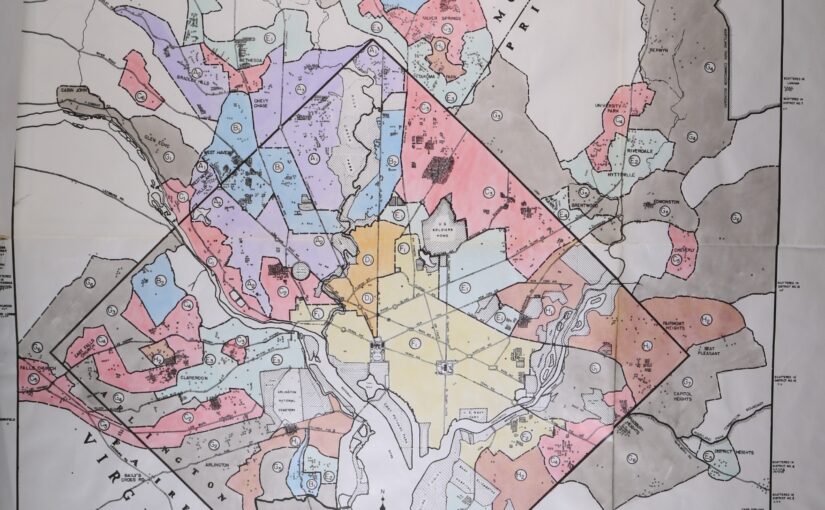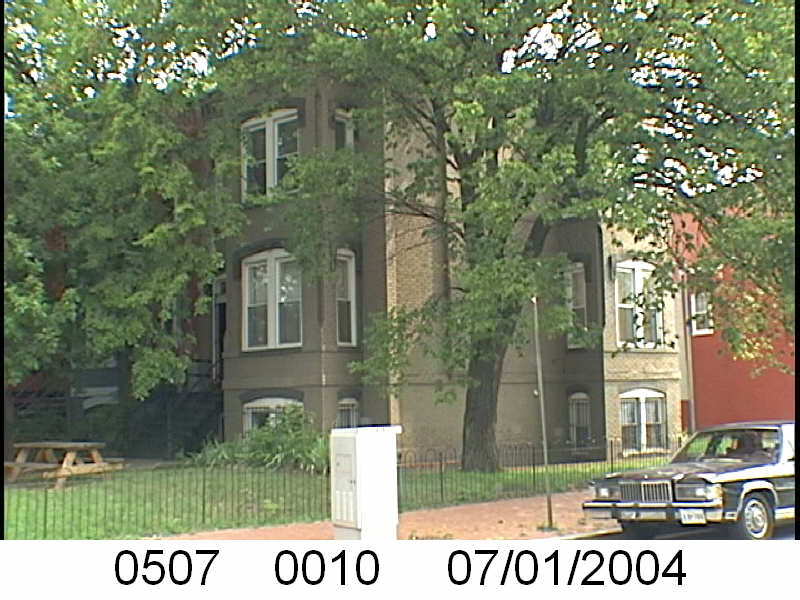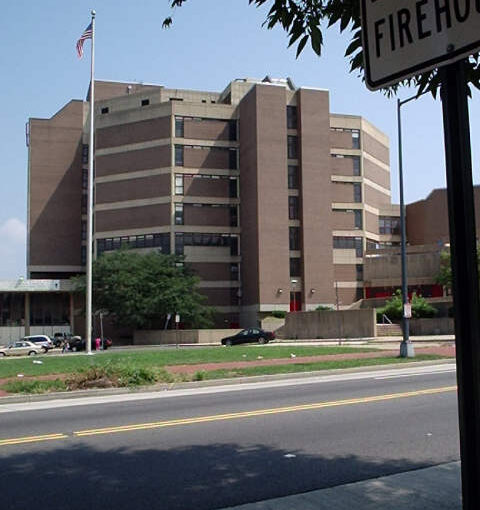
I’m continuing down the row of the odd 1700 block of New Jersey Ave NW in Washington, DC.
Why? Because I had a question. And with a few of these type histories, I figured out the answer. But just to confirm if it is true or not, I’ll keep going until I hit the end.
So let’s start with our 1920s White family renting 1707 NJ Ave NW the Troianos. They were there prior to the 1920 census. Joseph Troiano was the 38 year old head of the family at 1707 NJ in 1910. He was a self-employed tile setter from Italy. His wife Wilhelmina (Willie, nee Hurdle) (1881-1932) was a DC native and mother to their children Paul (1901-1904); Viola/Violet (1902-1993); Paul Alfred (1905-1930); Joseph Attilio (1907-1922); and Richard L. (1916-1976). The family also lived with two Italian boarders in 1910.
The father Joseph died in 1917 (1869-1917), so when the 1920 census rolled around Wilhelmina was a 38 year old widow with 4 children. She had one roomer, a 56 year old widowed chamber maid. The roomer and 17 year old daughter Viola were the only ones in the house recorded as to having a job in 1920. Willie’s sons were 14, 12 and 3 and unemployed.
Obviously by 1930 people moved on, to rent 522 7th St NE. Wilhelmina was still the head. She lived there with 13 year old son Richard, daughter Viola, son-in-law Lawrence Zacarin (1900-1989), and two lodgers (one is related somehow). Viola was working as a clerk for the Red Cross and her husband was a marble cutter. Three of Mrs. W. Troiano’s sons had already died by the end of 1930 and she would pass in 1932. Since Viola and Lawrence were still on 7th St in 1940, I assume they raised Richard after their mother’s death.
The earliest land document I could find from the DC Recorder of Deeds is a 1926 loan document for Susie J.R. Johnson with the Washington Loan and Trust Company. She took out a number of loans with trustees and companies including the Perpetual Building Association and the Home Owners Loan Corporation. In 1931 she lost the home to foreclosure but managed to get it back the next year, only to lose it again in 1933.
So she managed to stick around for the 1930 census. During that census she was listed as a 44 year old widow and public school teacher. She lived at 1707 NJ Ave Av with her 17 y.o. daughter Clytie/Clutie G., and 43 y.olds Mr. and Mrs. Oliver and Johnie M. Petway.
There’s some confusion with the 1940 census. It has the Sabbs family at 1707 and Amelia Green at 1705. So I will assume the residents of 1709 are the residents of 1707. That would be a renter, Thomas Mitchell who worked for the post office, he lived with his wife Sallie and sister Mattie.
Then what of Mrs. Johnson? When it comes to women with common names, I typically don’t try too hard. The Ancestry algorithm seems to place her in Tallahassee, FL, ironing for a college laundry. I found her daughter, then a patient at the Glen Dale Sanitarium. They were reunited in the 1950 census, on the 700 block of 4th St. Susie was no longer working. Clytie had married a radio repairman Samuel Ruffin and they had a son Samuel Jr.












